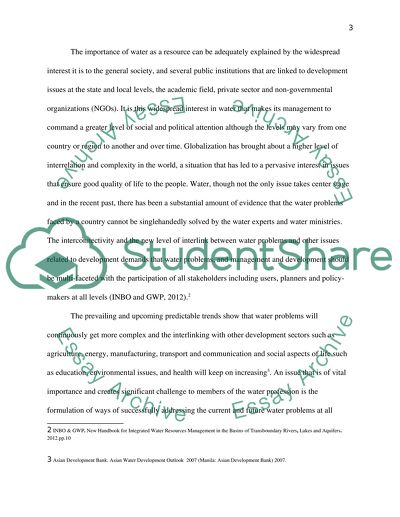Cite this document
(“Critical analysis of Integrated Water Resources Management Essay”, n.d.)
Critical analysis of Integrated Water Resources Management Essay. Retrieved from https://studentshare.org/environmental-studies/1486399-critical-analysis-of-integrated-water-resources
Critical analysis of Integrated Water Resources Management Essay. Retrieved from https://studentshare.org/environmental-studies/1486399-critical-analysis-of-integrated-water-resources
(Critical Analysis of Integrated Water Resources Management Essay)
Critical Analysis of Integrated Water Resources Management Essay. https://studentshare.org/environmental-studies/1486399-critical-analysis-of-integrated-water-resources.
Critical Analysis of Integrated Water Resources Management Essay. https://studentshare.org/environmental-studies/1486399-critical-analysis-of-integrated-water-resources.
“Critical Analysis of Integrated Water Resources Management Essay”, n.d. https://studentshare.org/environmental-studies/1486399-critical-analysis-of-integrated-water-resources.


